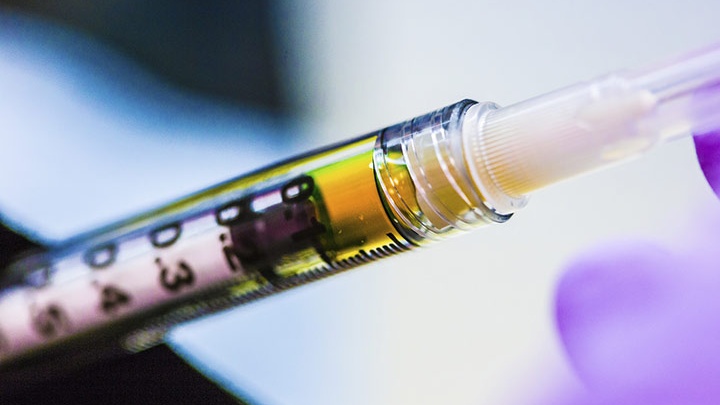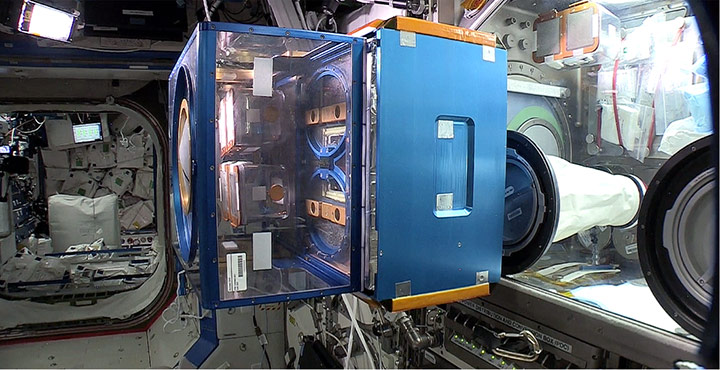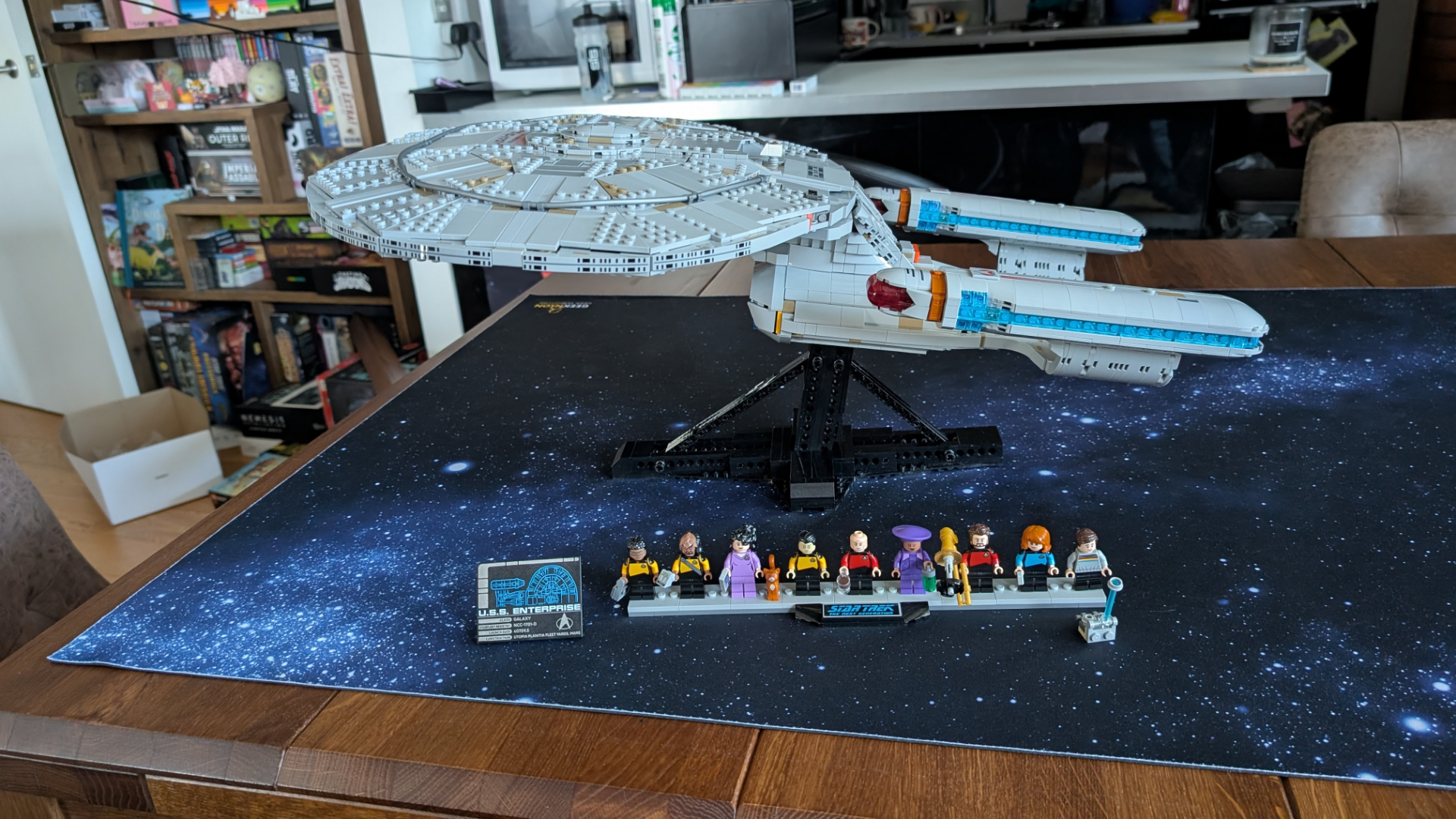New drug shows potential to aid astronauts during future missions to moon and Mars
BP-NELL-PEG has shown promising results of combatting microgravity bone loss in mice. However, it is yet to be tested in humans.

Across the world, one person fractures a bone every three seconds due to a disease called osteoporosis, a common condition that weakens the bones of at least 10 million people in the United States alone.
And, with the concept of crewed space missions to the moon and Mars gaining momentum, scientists are actively looking for ways to protect astronauts from inevitable consequences of long-term spaceflight, including sharp reductions in bone density.
While most drugs used to treat osteoporosis work by slowing the disease, a new approach that targets the formation of new bone has shown promising results. Moreover, those results were achieved in mice during an experiment done onboard the International Space Station (ISS).
Researchers used a well-known protein produced by the body called NELL-like molecule-1 (NELL-1), which has previously demonstrated promotion of bone formation in some animal models. Because the drug works by harnessing this protein only when injected into an affected bone during surgery, however, researchers modified the drug such that it could be injected under the skin to promote bone formation throughout the body, according to new research.
Related: Sleeping on the ISS isn't easy. This lamp for astronauts could help
"If human studies bear this out, BP-NELL-PEG could be a promising tool to combat bone loss and musculoskeletal deterioration, especially when conventional resistance training is not feasible due to injuries or other incapacitating factors," Dr. Kang Ting, a professor at the Forsyth Institute in Massachusetts and co-author of the new study, said in a recent statement published Sept. 18. Dr. Ting first discovered the bone-forming effects of NELL-1 over 20 years ago.
The new study also enhanced the drug's potential by extending its half-life, which determines how long a drug can persist in a body. In this case, the half life nearly tripled by going from 5.5 hours to 15.5 hours. The modified drug, termed BP-NELL-PEG, "displayed superior specificity for bone tissue without causing observable adverse effects," the scientists said in the recent statement.
Breaking space news, the latest updates on rocket launches, skywatching events and more!
"We can unequivocally say that NELL-1 increases bone density in microgravity conditions, which is very exciting," Chia Soo, a professor in Departments of Surgery and Orthopedic Surgery at the University of California Los Angeles and lead author of the new study, said in a statement about the drug in 2018. "This success demonstrates the robustness of the therapy to treat extreme bone loss."
To test out the drug's effects for bone loss due to spaceflight environment, researchers flew 40 female mice to the ISS in 2017 and observed another 40 in the Kennedy Space Center in Florida that were treated with the drug but were not exposed to spaceflight conditions.
Both the groups "exhibited a significant increase in bone formation," researchers said in the recent statement.
Among the 40 mice on the ISS, 20 were returned to Earth alive after 4.5 weeks while the other half continued to be exposed to microgravity for nine weeks, according to the new study. This marks the first time live mice were returned to Earth, which was important for the team in conducting analysis on live tissues and cells.
While the drug has shown promising results in mice, however, there is still a long way to go before it can be used to help bone formation in humans.
"We want to look at how we can make this a better osteoporosis treatment for eventual clinical application," Soo said. "Not only for the millions of osteoporosis patients on Earth but also, in thinking about future space travel and a mission to Mars, we want to see how we can prevent the detrimental effects of microgravity on bones during spaceflight."
The research is described in a paper published Monday (Sept. 18) in the journal npj Microgravity.

Sharmila Kuthunur is an independent space journalist based in Bengaluru, India. Her work has also appeared in Scientific American, Science, Astronomy and Live Science, among other publications. She holds a master's degree in journalism from Northeastern University in Boston.

